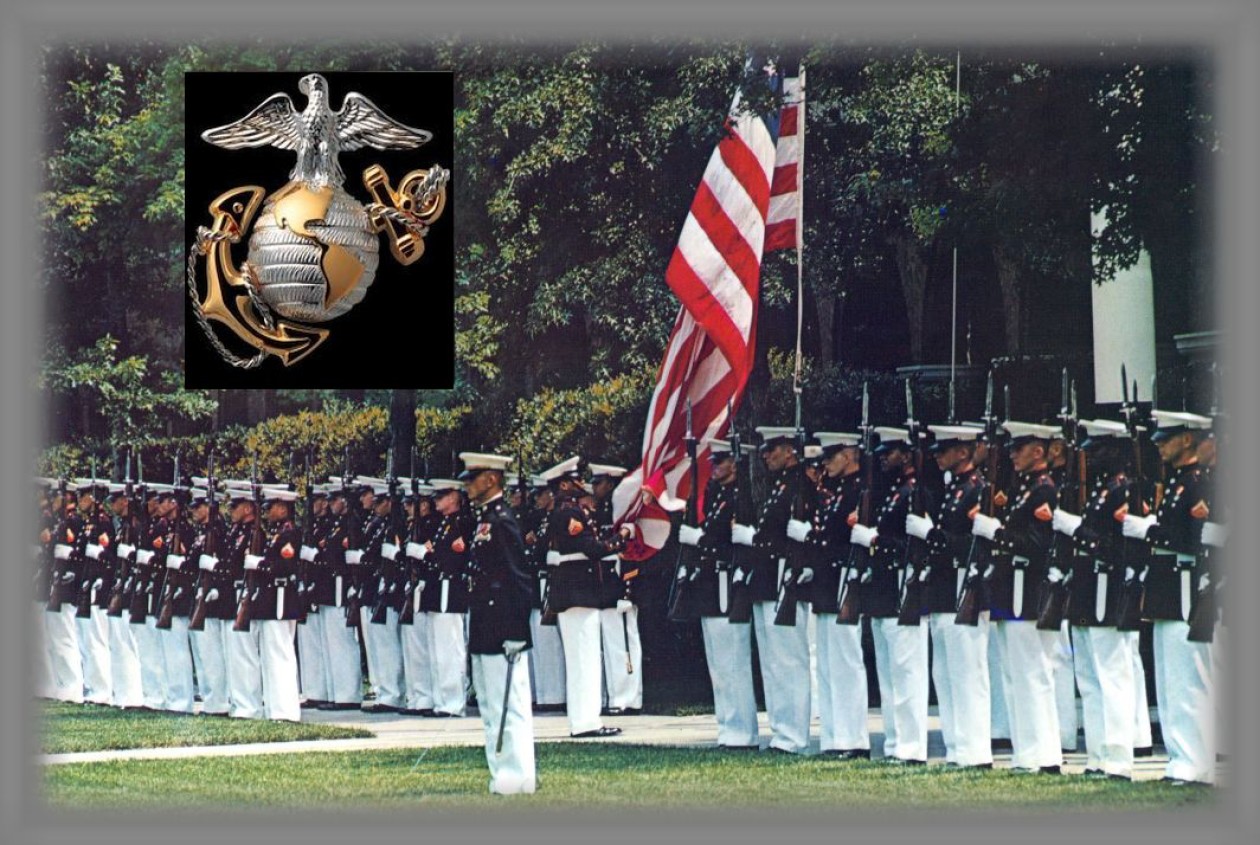FINALLY, a senator with something between his legs that many of his so-called GOP counterparts lack and have always lacked, including McCarthy. That fellow ceases to amaze me how he can classify himself as a Republican. This is exactly how congress can get everyone’s attention. Tommy doesn’t care about votes like all the rest of them do, he’s doing what’s right. Never heard of him before, but I know of him now!
From the Wall Street Journal Alabama Senator’s Military Roadblock Draws Criticism
BY NANCY A. Y OUSSEF AND LINDSAY WISE WASHINGTON—Many of Sen. Tommy Tuberville’s colleagues say he is making bad calls.
The Alabama Republican lawmaker has thrown a roadblock in front of promotions for all senior military officers, drawing criticism from the White House as well as Republican and Democratic lawmakers. He also came under fire over his comments about white supremacists in the military, a controversy he tried to tamp down this week.
Tuberville, a former college football coach who guided Auburn University to a South-eastern Conference title, won election to the Senate representing his deep-red state in 2020. He was backed by then-President Donald Trump in the Republican primary over Trump’s onetime attorney general Jeff Sessions. In the general election, Tuberville defeated Democratic incumbent Sen. Doug Jones and he has had a conservative voting record since taking office.
The 68-year-old thrust himself into the spotlight earlier this year when he announced he would block the promotions for top military generals and admirals until the Pentagon agrees to end its policy allowing troops leave and travel funds for reproductive healthcare, including abortion. He has said he won’t lift his hold on the promotions until the military changes its policy or Congress passes a measure codifying the policy.
Tuberville said he doesn’t believe the holds are affecting military readiness. He said this week that there had been no progress toward lifting them. “Zero conversations. Same as usual.”
While senators sometimes put holds on Pentagon political appointees who have policy- making responsibilities, the Tuberville move breaks with Senate tradition as it applies to career military officers. The standoff has created hundreds of vacancies at the top of the military, including the commandant of the U.S. Marine Corps.
“It’s totally inappropriate. It’s outrageous,” President Biden said last month. Senate Minority Leader Mitch McConnell (R., Ky.) has also criticized the effort. “I don’t support putting a hold on military nominations,” he said in May.
Tuberville has also struggled to quell another controversy related to the Pentagon’s effort to root out extremism in its ranks.
In a radio interview in May, when asked if he believed that white nationalists should be allowed to serve in the military, Tuberville responded: “Well, they call them that. I call them Americans.”
He criticized Defense Secretary Lloyd Austin for “saying we’re going to run out white nationalists, people that don’t believe how we believe.”
In 2021, Austin ordered a daylong stand-down for forces to discuss combating extremism within the ranks following the Jan. 6 Capitol riot. A working group then recommended changes to Pentagon policy on how the department defined extremist activities and how the force should address an individual suspected of participating in such activities. A review found roughly 100 cases of troops engaged in extremist activities.
Tuberville, who has said conservatives are often unfairly called racists, defended his comments on white nationalism, including to CNN on Monday. He condemned racism but declined to say white nationalism was by definition racist. “That’s your opinion,” he told the CNN host.
Senate Majority Leader Chuck Schumer (D., N.Y.) urged Tuberville to apologize.
McConnell, asked about Tuberville’s comments, said, “White supremacy is simply unacceptable in the military and in our whole country.”
Some colleagues said Tuberville had been unfairly maligned.
“I don’t sense from Tommy that he’s a bigot in any way, a racist,” said Sen. Kevin Cramer (R., N.D.). “I mean, my gosh, the guy’s a college football coach…he’s certainly been around a multicultural world view.”
After a closed-door Senate GOP lunch Tuesday afternoon, Tuberville altered his stance. “White nationalists are racists,” he told reporters.
The same day, Tuberville’s hold on military nominees came under scrutiny on Capitol Hill as Biden’s nominee for chairman of the Joint Chiefs of Staff, Air Force Gen. Charles “CQ” Brown, sat for his confirmation hearing.
Brown told the Senate Armed Services Committee the hold could affect both retention and recruiting, adding that it was forcing some generals to put off retirement and leading junior officers to reconsider their military careers. —Dustin Volz and Simon J. Levien contributed to this article.
Tuberville also came under fire over comments about white supremacists.
It sickens me how the so-called GOP senators can possibly condemn and criticize him for doing what needs to be done. You want to get the military’s attention this is exactly how to do it. Keep it up Tommy my man, go get em’! Wish my Florida senators had your set.
Originally posted 2023-07-13 15:27:48.












